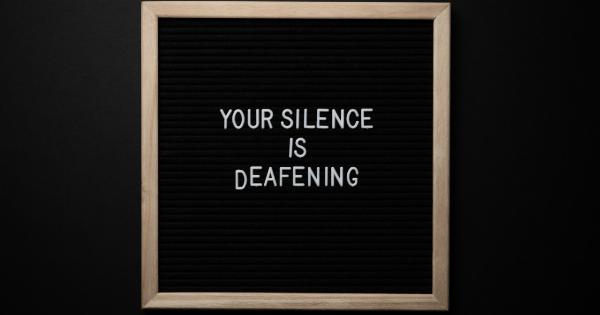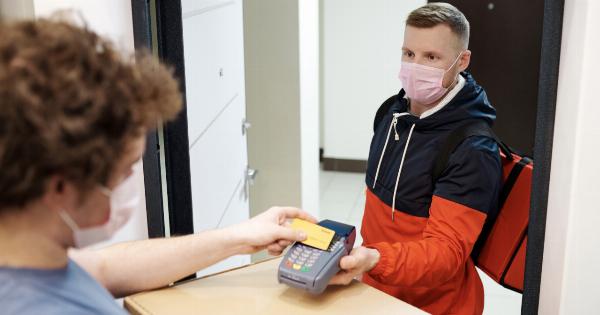As summer rolls around, so does the sweltering heat. Heat waves can be dangerous, causing dehydration, heat exhaustion, or even heatstroke. To ensure your safety and well-being during extreme temperatures, it is essential to be prepared.
In this article, we will discuss the heat wave essentials that will help you stay cool and protected when the mercury rises.
1. Stay Hydrated
One of the most critical aspects of surviving a heat wave is staying hydrated. Drink plenty of fluids throughout the day, even if you don’t feel thirsty. Opt for water, fruit juices, or sports drinks to replenish the electrolytes lost through sweat.
Avoid caffeinated and alcoholic beverages as they can contribute to dehydration.
2. Dress Appropriately
The right choice of clothing can make a significant difference in coping with extreme temperatures. Opt for loose-fitting, lightweight, and breathable fabrics such as cotton.
Dark colors tend to absorb heat, so it is advisable to wear light-colored clothing that reflects sunlight. Additionally, consider wearing a wide-brimmed hat and sunglasses to protect your face and eyes from harmful UV rays.
3. Seek Shade
During a heat wave, it is crucial to limit your exposure to direct sunlight. Seek shade whenever possible, especially during the hottest hours of the day. If you’re outdoors, find a tree, umbrella, or gazebo to relax under.
If indoors, draw curtains or blinds to block out the sun and use fans or air conditioning to cool the space.
4. Plan Outdoor Activities Wisely
If you must be outdoors during a heat wave, plan your activities wisely. Try to schedule your outdoor tasks in the early morning or late evening when the temperatures are relatively cooler.
Avoid strenuous activities during the peak heat hours, as they can lead to exhaustion or heatstroke. Remember to take frequent breaks and listen to your body’s signals.
5. Use Sunscreen
Protecting your skin from harmful UV rays is essential during extreme temperatures. Apply a generous amount of sunscreen with a high SPF (Sun Protection Factor) before heading outside.
Reapply it every two hours, especially if you are sweating profusely or spending time in the water. Sunburn not only damages the skin but also increases the risk of heat-related illnesses.
6. Stay Cool Indoors
If you have access to air conditioning, make use of it to keep your living space cool. Set the temperature at a comfortable level and ensure proper insulation to prevent cool air from escaping.
If air conditioning isn’t available, use fans or cool towels to reduce your body temperature. Keep windows and doors closed during the hottest hours, and open them when the temperature drops in the evening.
7. Take Cold Showers or Baths
A quick cold shower or a refreshing bath can provide temporary relief from the scorching heat. The cold water helps lower your body temperature and provides a soothing effect.
If a full shower is not possible, you can also run cold water on your wrists, neck, and feet to help cool down quickly.
8. Create Cross Ventilation
If you’re indoors and don’t have access to air conditioning, creating cross ventilation can help circulate air and create a cooling effect. Open windows and strategically place fans at opposite ends of the room to create a flow of air.
You can also consider using a wet sheet or towel in front of the fan to lower the temperature further.
9. Stay Informed and Check on Others
Stay updated with weather forecasts, heat advisories, or warnings issued by the local authorities. This information will help you plan your activities accordingly and take necessary precautions.
Additionally, make sure to check on elderly family members, neighbors, or individuals who may be particularly vulnerable to extreme temperatures. Offer assistance or help them find appropriate resources if needed.
10. Recognize the Signs of Heat-Related Illnesses
It is crucial to be able to recognize the signs and symptoms of heat-related illnesses to seek prompt medical attention, if required. Heat exhaustion and heatstroke are serious conditions that can be life-threatening.
Understand the symptoms, such as dizziness, nausea, rapid heartbeat, confusion, headache, or fainting, and take immediate action if you or someone around you exhibits these signs.































